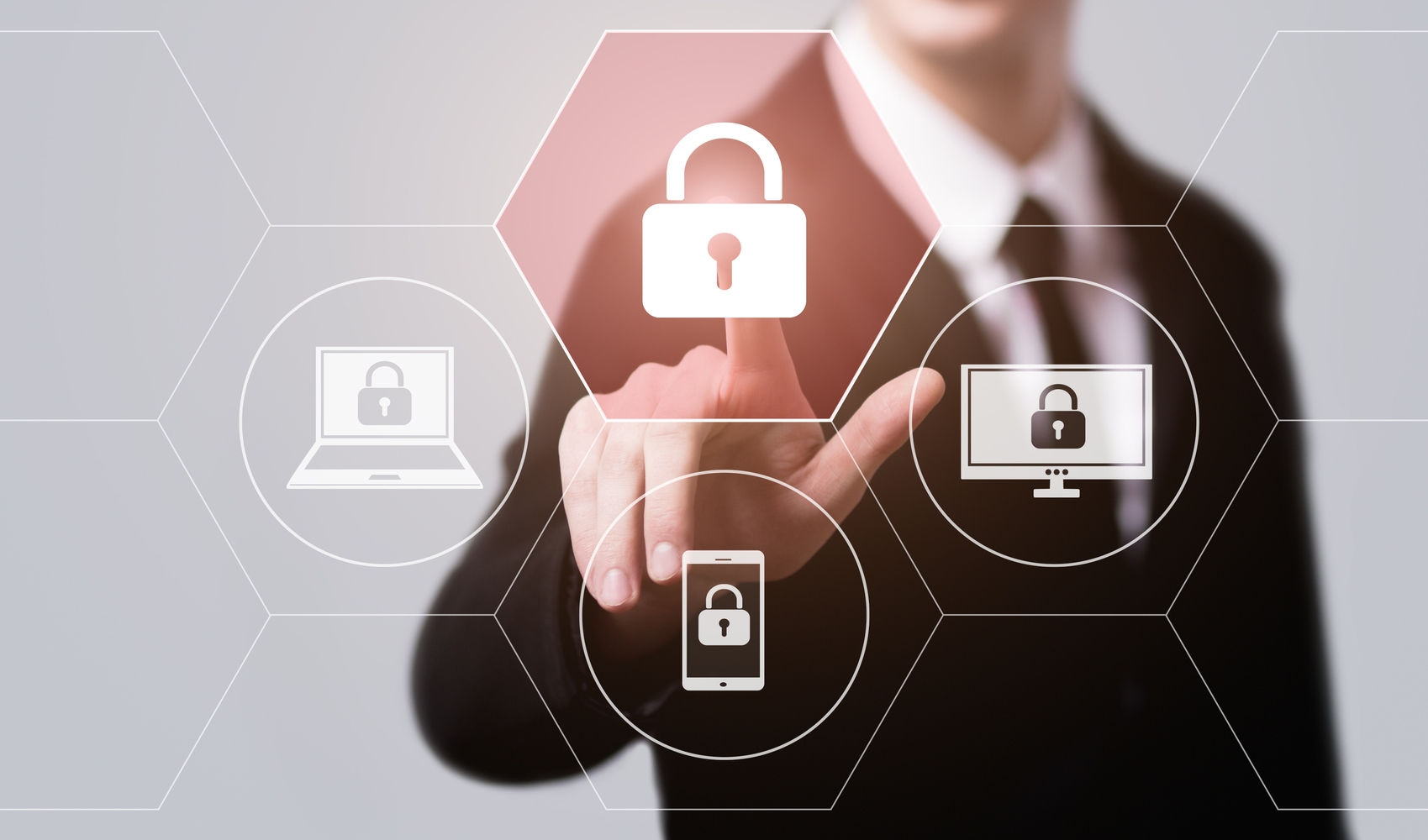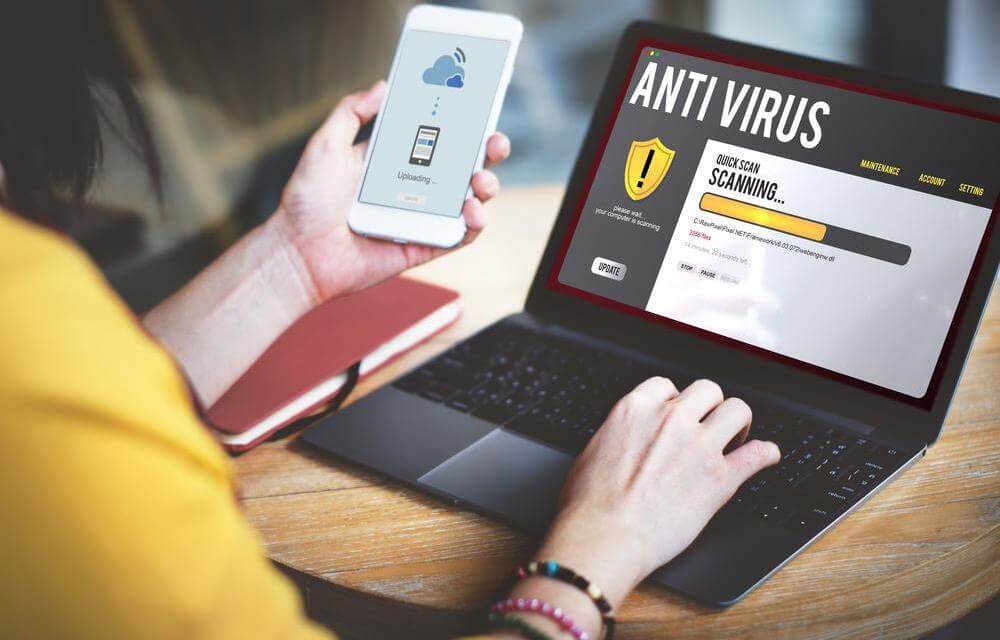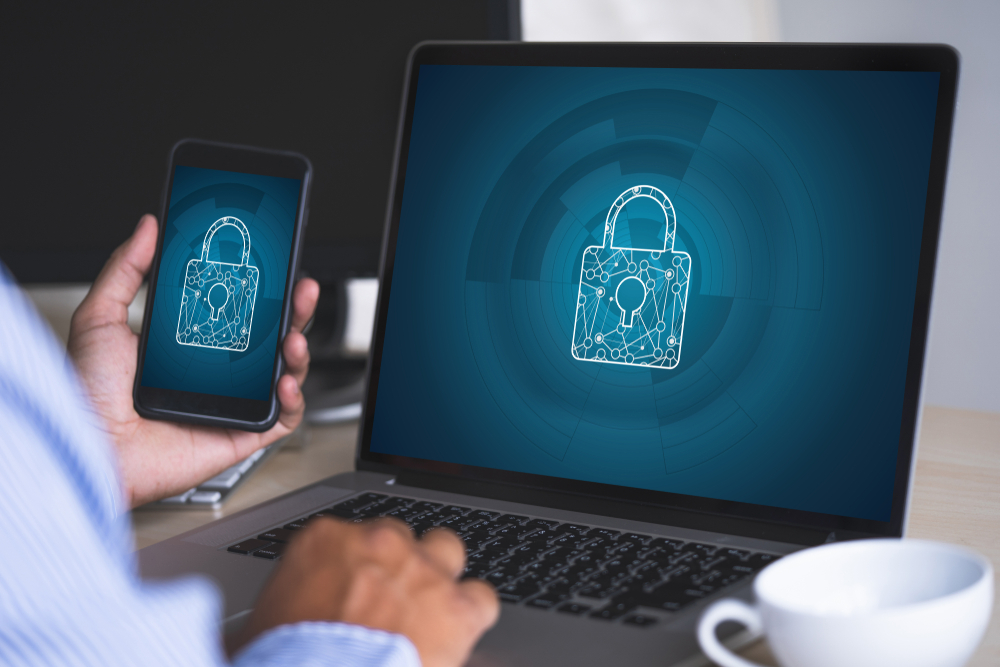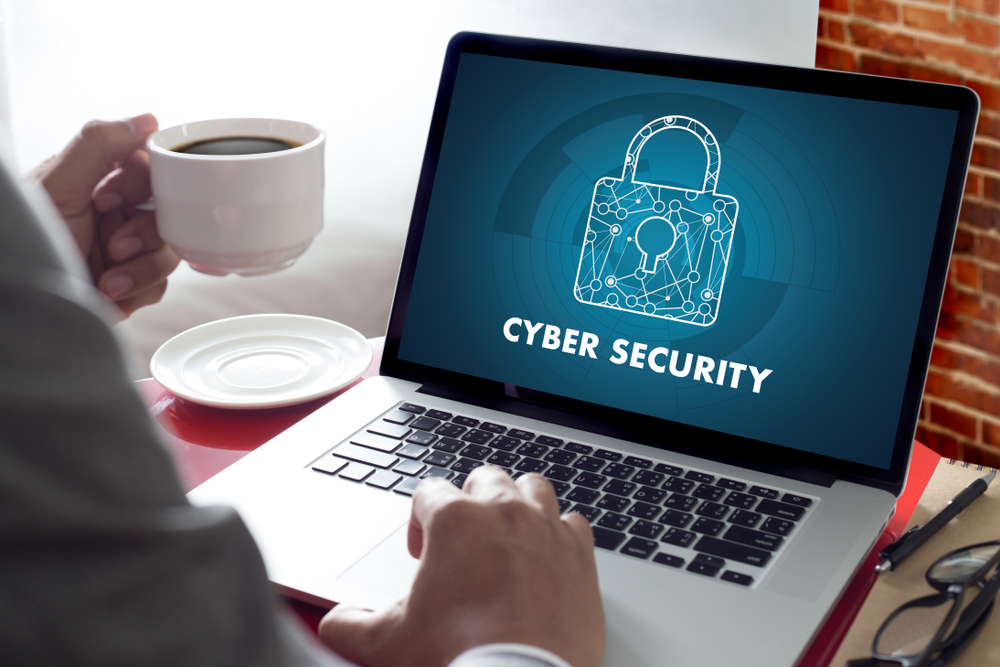Comprehensive Guide to Protecting Your Identity in the Digital Age
This comprehensive guide offers practical strategies to prevent identity theft in the digital age. Learn how to create strong passwords, secure devices, monitor credit reports, and recognize phishing scams. Implementing these measures can effectively safeguard your personal information from cybercriminals and maintain your financial security. Stay informed, stay vigilant, and protect your identity today.

Comprehensive Guide to Protecting Your Identity in the Digital Age
In today's interconnected world, safeguarding personal information is more crucial than ever. Identity theft has become an increasingly prevalent cyber threat, posing serious risks to your financial stability and personal reputation. Cybercriminals use sophisticated methods to steal sensitive data such as social security numbers, bank details, and login credentials, often leading to financial loss, damaged credit scores, and long-term emotional distress for victims. Awareness and proactive protection strategies are vital to minimize these risks and maintain your privacy.
The theft of personal data can occur through various channels, including phishing emails, malware, data breaches, and even physical theft of documents. Once your identity is compromised, rectifying the damage can be a lengthy and complicated process. Therefore, understanding how to guard against these threats proactively is essential in managing your digital footprint effectively.
Implementing robust security measures not only helps in preventing identity theft but also empowers you to stay in control of your personal information. Here are some of the most effective and practical strategies to shield yourself from cybercriminals and protect your identity in the digital age:
Create Strong, Unique Passwords: Your first line of defense is a strong password. Use a combination of uppercase and lowercase letters, numbers, and special symbols. Avoid common and easily guessable information such as your birthday, name, or simple sequences like '123456'. Consider employing a reputable password manager to generate and store complex passwords securely, reducing the risk of hacking.
Secure All Your Electronic Devices: Keep your computers, smartphones, and tablets protected with updated antivirus software, anti-malware tools, and firewalls. Regularly update your operating system and applications to patch security vulnerabilities that hackers might exploit. Enable device encryption wherever possible to add an extra layer of security to your data.
Be Cautious with Personal Information Requests: Never share sensitive data through email, text messages, or phone calls unless you're absolutely certain of the recipient's identity. Phishing scams often mimic legitimate institutions such as banks or government agencies. Always contact organizations directly through official channels if you're unsure about a request for personal information.
Regularly Monitor Your Credit Reports: Obtain free annual credit reports from major reporting agencies and review them carefully for unauthorized accounts or suspicious activity. Promptly report any discrepancies or fraudulent transactions to prevent further damage and help authorities investigate the breach.
Practice Secure Disposal of Sensitive Documents: Properly shred physical documents such as bank statements, receipts, and expired credit cards. This prevents dumpster divers or malicious actors from retrieving personal data that could be used for identity theft.
Utilize Two-Factor Authentication (2FA): Enable 2FA on your financial accounts, email, and social media platforms. This additional security step requires a second verification method, such as a code sent to your mobile device, making it harder for hackers to gain access even if they steal your password.
Stay Informed and Educated: Cyber threats evolve constantly. Keep yourself updated on the latest scams, hacking techniques, and security best practices through reputable sources. Knowledge is your best defense against falling victim to new cybercriminal tactics.
Use Secure Wi-Fi Networks: Avoid conducting sensitive transactions over public or unsecured Wi-Fi networks. When necessary, use a trusted Virtual Private Network (VPN) to encrypt your internet traffic and protect your data from eavesdroppers.
Be Vigilant Online: Look out for warning signs of theft, such as unexpected account notifications, difficulty accessing accounts, or unfamiliar transactions. Quick action can mitigate potential damages.
By adopting these comprehensive security practices, you significantly reduce your risk of becoming a victim of identity theft. Consistently practicing vigilance and data protection is essential in safeguarding your personal and financial well-being in an increasingly digital world. Remember, prevention is always better than cure when it comes to protecting your identity from cybercriminals.





